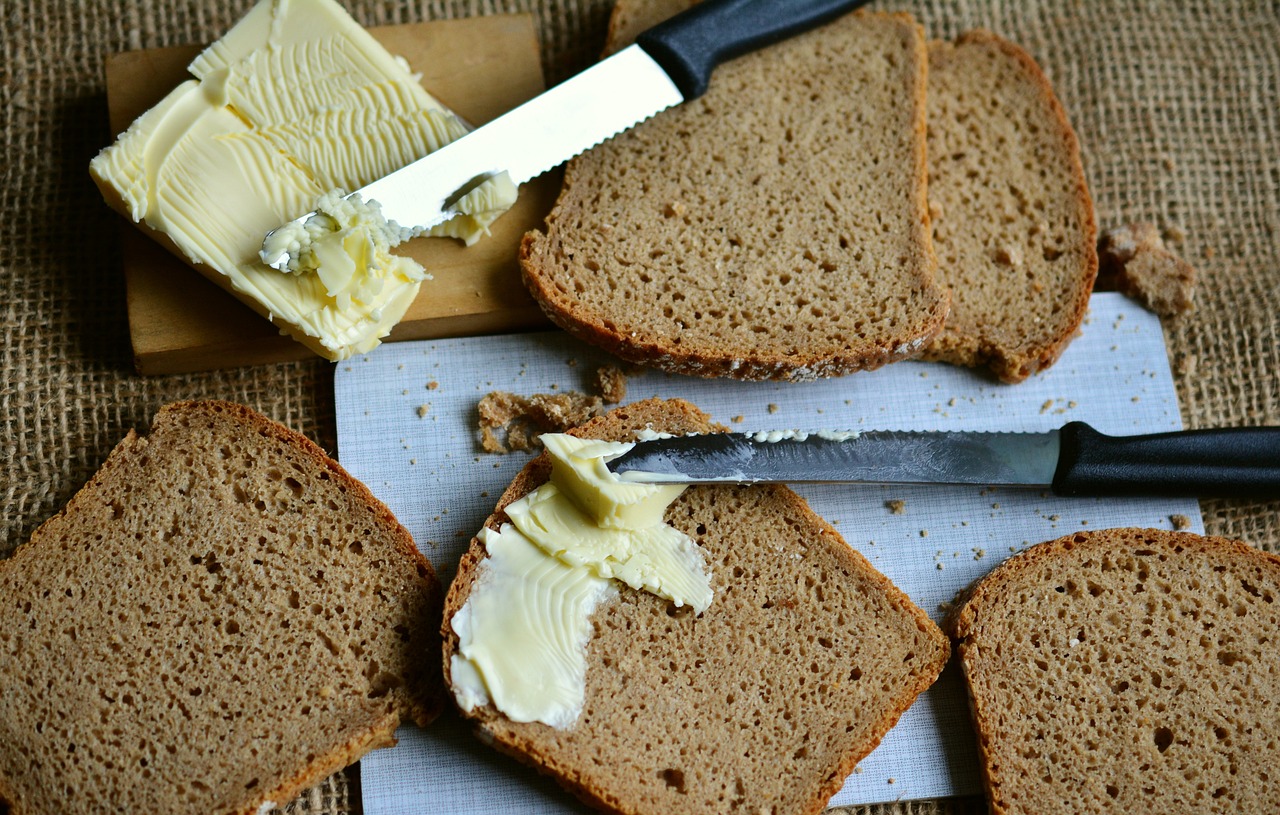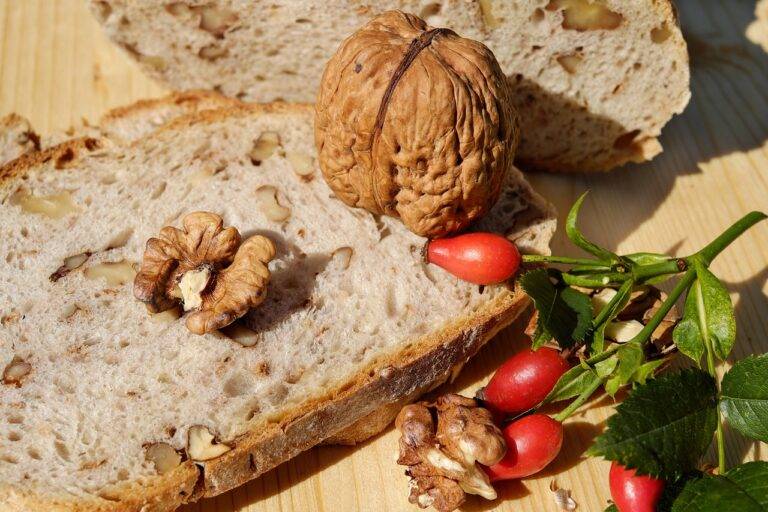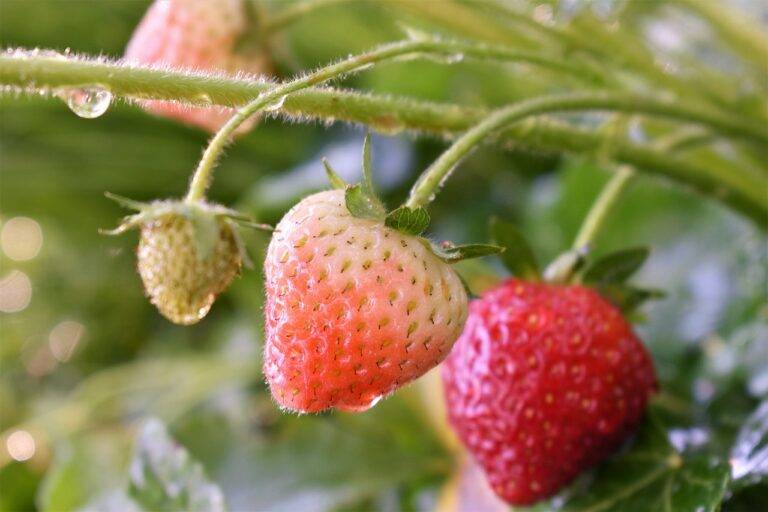A Beginner’s Guide to Making Homemade Bread
Ready to bake some delicious homemade bread? Before you begin, make sure you have all the key ingredients on hand. Flour is the base of any bread recipe, so choose a high-quality all-purpose or bread flour for best results. Don’t forget the yeast – this tiny organism is the magic ingredient that will help your bread dough rise and create those fluffy loaves we all love. Additionally, salt is essential for adding flavor to your bread, while water is needed to bind all the ingredients together. Lastly, a little bit of sugar or honey can be added to feed the yeast and give your bread a hint of sweetness. With these basic ingredients in your pantry, you’re all set to start baking your own fresh loaves of bread at home.
Choosing the Right Flour for Your Bread
Flour is a crucial ingredient in any bread recipe, as it provides structure, texture, and flavor. When choosing the right flour for your bread, consider the protein content. Higher protein content in flour results in a chewier and more structured loaf, ideal for rustic bread or artisanal recipes. On the other hand, lower protein content lends itself well to softer, lighter bread like sandwich loaves or dinner rolls.
Additionally, the type of wheat used to make flour can greatly impact the final product. All-purpose flour, made from a blend of hard and soft wheat, is versatile and suitable for most bread recipes. Whole wheat flour, milled from the entire wheat kernel, adds a nutty flavor and hearty texture to bread. Experiment with different types of flour to find the perfect match for your desired bread outcome.
Understanding Yeast and How It Works
Yeast is a crucial component in the process of bread-making. It is a living organism that feeds on sugars, producing carbon dioxide gas as it metabolizes. This gas is what causes the dough to rise and give bread its light, airy texture. Without yeast, bread would be dense and flat.
When yeast is mixed with warm water and sugar, it becomes activated and starts to ferment. During fermentation, yeast converts the sugars into ethanol and carbon dioxide. The carbon dioxide gets trapped within the dough, creating air pockets that make the bread rise. It’s important to handle yeast properly to ensure that it is active and able to leaven the bread effectively.





